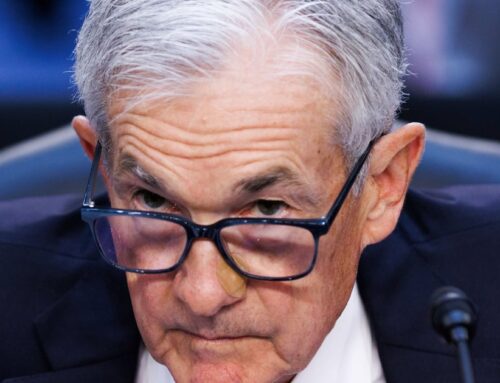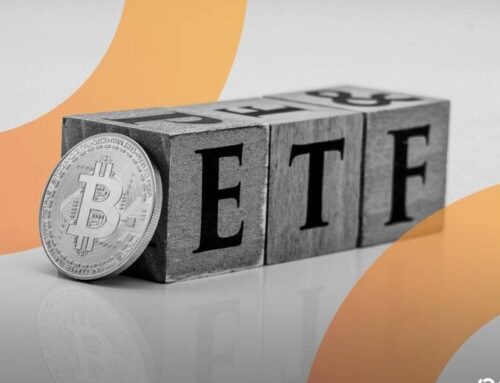Why Ethereum could test $3,000 this week
November 4, 2025
Ethereum (ETH) remains largely in bearish hands, trading marginally above $3,500 on Tuesday. The leading smart contracts token has extended its decline for the second consecutive day, reflecting the negative sentiment in the wider crypto market.
A weak derivatives market aligns with the risk-off sentiment, as traders increasingly retreat to the sidelines amid extreme volatility.
Institutional investors have taken a step back from seeking exposure to Ethereum spot Exchange Traded Funds (ETFs). According to SoSoValue, US-listed ETFs experienced outflows of $136 million on Monday, bringing the cumulative net inflows to $14.23 billion and net assets to approximately $24 billion.
None of the nine ETH ETFs recorded net inflows. BlackRock’s ETHA led the outflows at $82 million, followed by Fidelity’s FETH with $25 million.

Ethereum ETF stats | Source: SoSoValue
Retail demand for Ethereum has also taken a significant back foot, with the futures Open Interest (OI) falling to $44.72 billion from the October peak of approximately $63 billion.
OI refers to the notional value of outstanding futures contracts, which helps gauge interest and investor confidence in the asset. A persistent decline indicates that traders are closing their long positions in favor of short positions, contributing to selling pressure.

Ethereum futures Open Interest | Source: CoinGlass
The OI-weighted funding rate, which averages 0.0038% on Tuesday, supports the risk-off sentiment surrounding Ethereum. As traders increasingly pile into short positions, it becomes difficult to sustain recovery. The significantly suppressed OI-weighted funding rate could explain the steady price drop since the October 10 sell-off.

Ethereum OI-Weighted Funding Rate | Source: CoinGlass
Ethereum is trading around $3,500 at the time of writing on Tuesday, largely weighed down by a weak retail market, low institutional demand, and a lack of price catalysts to sustain the recovery.
Technical indicators, including the Moving Average Convergence Divergence (MACD), signal a bearish trend on the daily chart. The MACD has maintained a sell signal since Monday, with the blue line remaining below the red line, suggesting investors reduce their exposure in favor of short positions.
The Relative Strength Index (RSI) is at 33 and falling toward oversold territory within the same daily time frame, suggesting that bearish momentum could persist in the short term.

ETH/USDT daily chart
If Ethereum closes the day below the round-number support at $3,500, a 4% drop to $3,350 may follow. This is a support area previously tested in early August. Still, a knee-jerk reversal could occur if bulls buy the dip, further strengthening the tailwind to push ETH above the 200-day Exponential Moving Average (EMA) at $3,606.
The developer or creator of each cryptocurrency decides on the total number of tokens that can be minted or issued. Only a certain number of these assets can be minted by mining, staking or other mechanisms. This is defined by the algorithm of the underlying blockchain technology. On the other hand, circulating supply can also be decreased via actions such as burning tokens, or mistakenly sending assets to addresses of other incompatible blockchains.
Market capitalization is the result of multiplying the circulating supply of a certain asset by the asset’s current market value.
Trading volume refers to the total number of tokens for a specific asset that has been transacted or exchanged between buyers and sellers within set trading hours, for example, 24 hours. It is used to gauge market sentiment, this metric combines all volumes on centralized exchanges and decentralized exchanges. Increasing trading volume often denotes the demand for a certain asset as more people are buying and selling the cryptocurrency.
Funding rates are a concept designed to encourage traders to take positions and ensure perpetual contract prices match spot markets. It defines a mechanism by exchanges to ensure that future prices and index prices periodic payments regularly converge. When the funding rate is positive, the price of the perpetual contract is higher than the mark price. This means traders who are bullish and have opened long positions pay traders who are in short positions. On the other hand, a negative funding rate means perpetual prices are below the mark price, and hence traders with short positions pay traders who have opened long positions.
Search
RECENT PRESS RELEASES
Related Post




